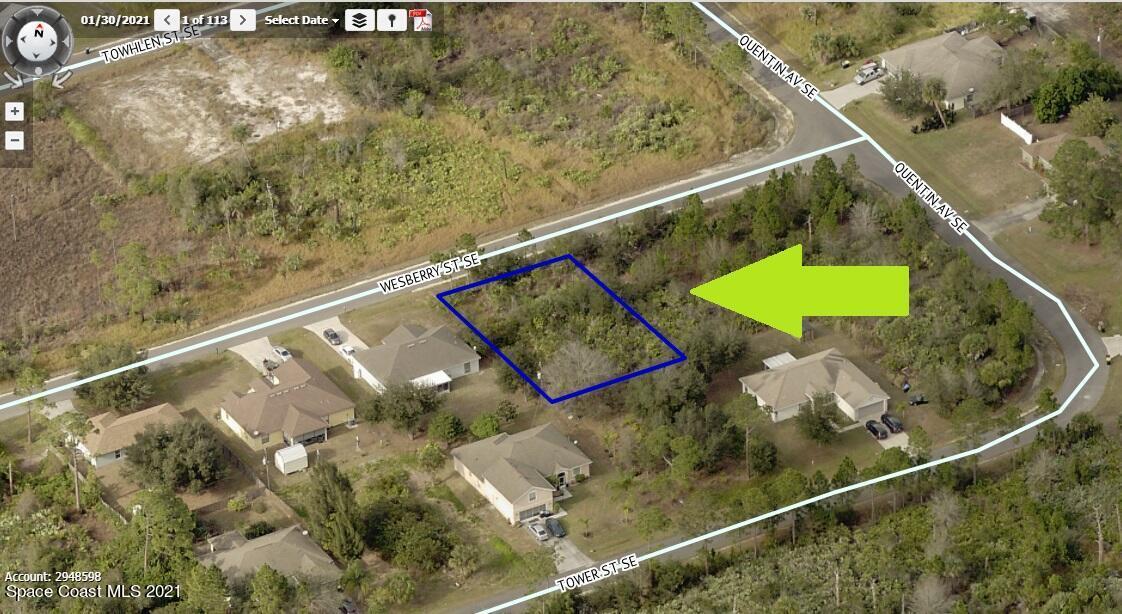

Hillebrand and preserved in 70% or 96% ethanol. Material and methodsĪll Cryptops specimens from Movile Cave were hand-collected by the biospeleologists Serban Sarbu and A. Additionally, we provide an annotated list and a key to the troglobitic Cryptops species in the world. Morphological and molecular analyses confirmed that the cave specimens from Movile correspond to a new species, Cryptops speleorex sp. A phylogenetic analysis of 29 Cryptops specimens from different parts of Europe, including two from inside Movile Cave, based on two mitochondrial (cytochrome c oxidase subunit I COI and 16S rDNA) and one nuclear (28S rDNA) markers was performed. anomalans living on the surface, outside the cave. Using both, morphological and molecular evidence, the cave specimens were compared with those of C.

Recently, we had the occasion to study freshly collected specimens of an undetermined species of the genus Cryptops Leach, 1814 from Movile Cave. It is worth mentioning that the latter taxon has been only studied morphologically ( Negrea 1993, 2004). ( Symphyla), Geophilus alpinus Meinert, 1870 and Clinopodes carinthiacus (Latzel, 1880) ( Geophilomorpha) and a troglobitic population of Cryptops anomalans Newport, 1844 ( Negrea 1993 Sarbu et al. Archiboreoiulus serbansarbui Giurginca, Vănoaica, Šustr, & Tajovský, 2020 ( Diplopoda), Symphylella Silvestri, 1902 sp. 2019).įive species of myriapods are hitherto discovered from the innermost parts of Movile viz. Among these species, some present a number of unique adaptations to a troglobitic life in caves, such as the troglobiont water scorpion Nepa anophthalma Decu, Gruia, Keffer & Sarbu, 1994 ( Hexapoda, Hemiptera, Nepidae) the nesticid and liocranid spiders Kryptonesticus georgescuae Nae, Serban & Weiss, 2018 ( Araneae: Nesticidae) and Agraecina cristiani (Georgescu, 1989) ( Araneae, Liocranidae) the cave leech Haemopis caeca Manoleli, Klemm & Sarbu, 1998 ( Annelida, Hirudinea, Haemopidae) and the isopod Armadillidium tabacarui Gruia, Iavorschi & Sarbu, 1994 ( Crustacea, Isopoda, Armadillidiidae) ( Sarbu et al. The cave hosts 51 invertebrate species, of which 34 species are endemic ( Sarbu et al. 2019).ĭespite its harsh living conditions, Movile Cave ecosystem is known to harbor a diverse and unique fauna. The cave was first discovered in 1986 and since then, only a handful of people have visited it ( Sarbu et al. Relative humidity in the cave is 100% and there is no detectable air movement. This subterranean ecosystem is also notable for being rich in hydrogen sulfide, methane (1–2%), ammonia and CO 2 (1.5–3.5%) whereas it is poor in O 2 (7–16%). Being completely isolated from the outside environment for 5.5 million years, the cave is remarkable for its unique ecosystem entirely dependent on methane- and sulfur-oxidising bacteria, which release nutrients through chemosynthesis for fungi and other cave animals along the food chain. Old Mt.Mitchell Tr.Located in the southeastern part of Romania not far from the Black Sea Coast, Movile Cave is the first known subterranean chemosynthesis-based ecosystem ( Sarbu et al. Twin Lakes bushwhack to Iowa-Emerald Saddle Lodge to TH then Indian 19 min 1 sec to top FT Tr from southīlack Canyon Ck to Steepest Face SW Ascent Its focus is on the individual climbs, not the peaks themselves, and provides information about the ascent route, elevation gain, distance, route conditions, and gear used for each trip. This page shows all of William Musser's mountain trips that have been entered on this site.

Other Links for William Musser: Home Page Peak List List of Lists Trip ReportsĪscent List for William Musser A Log of Peaks, Hikes, Climbs, and Attempts


 0 kommentar(er)
0 kommentar(er)
